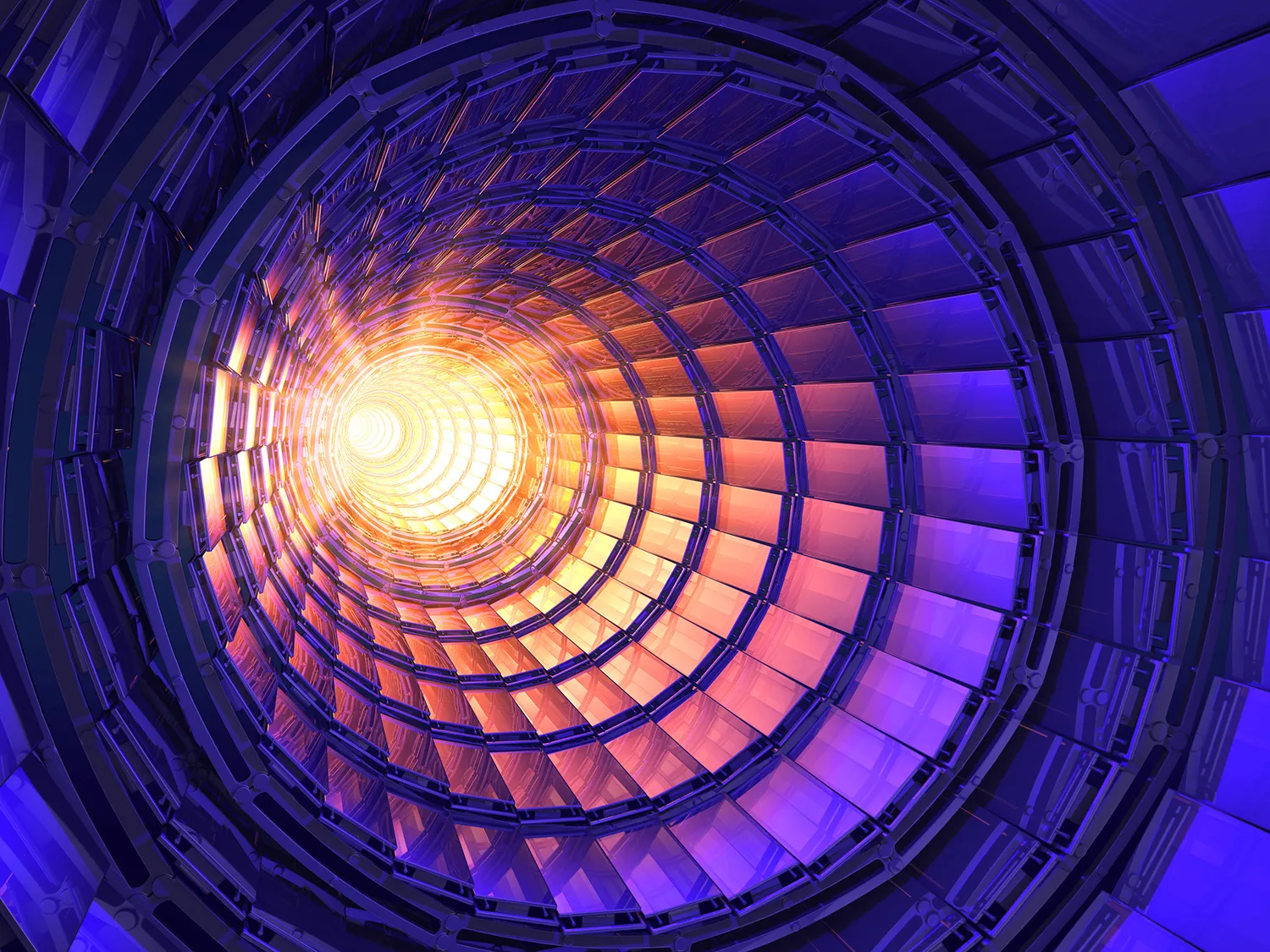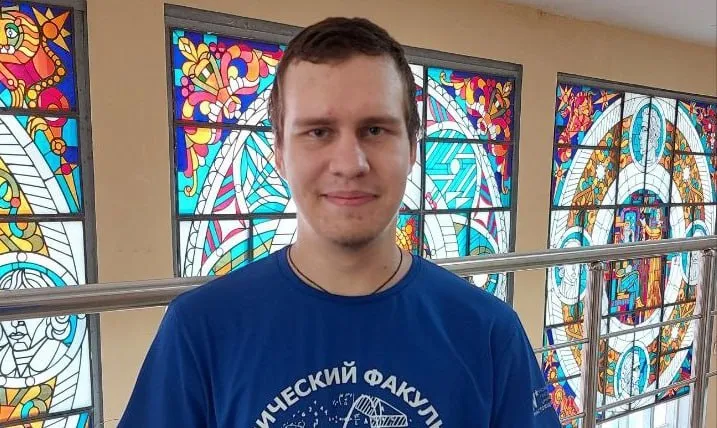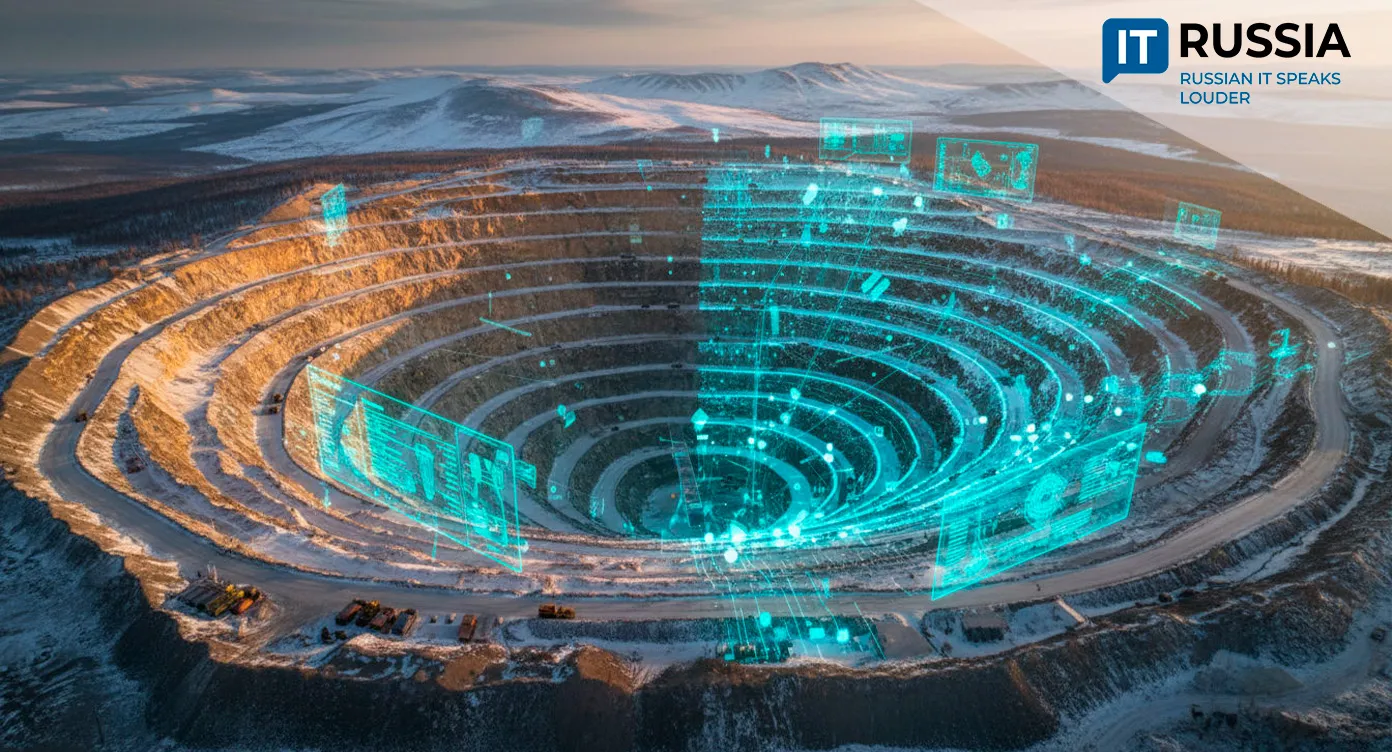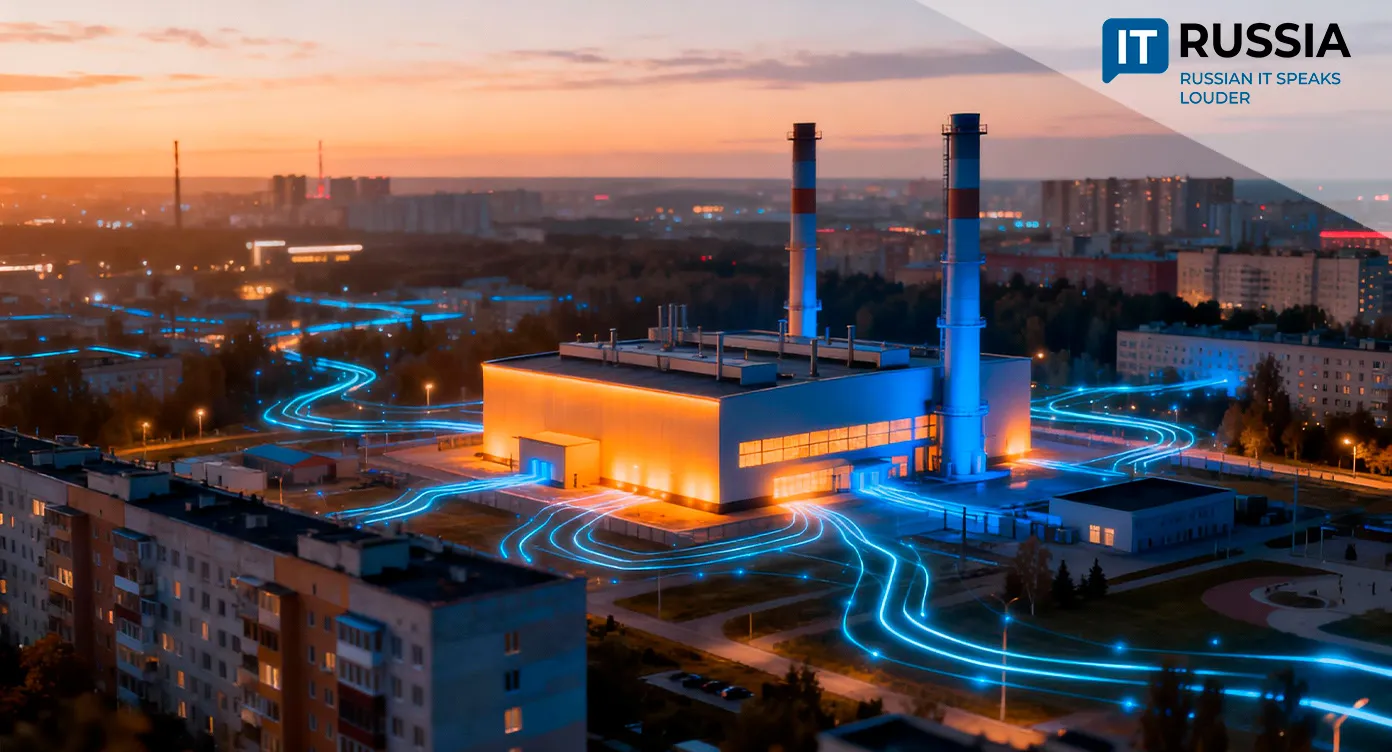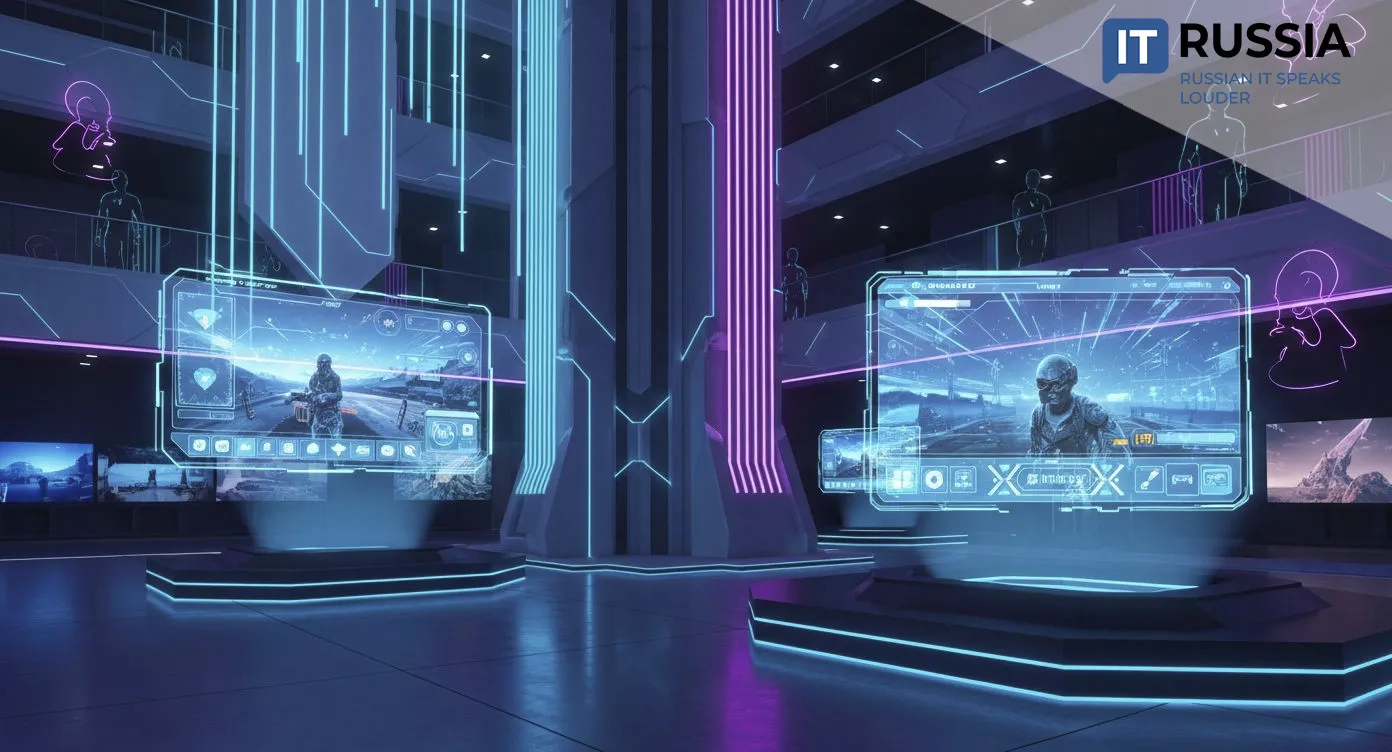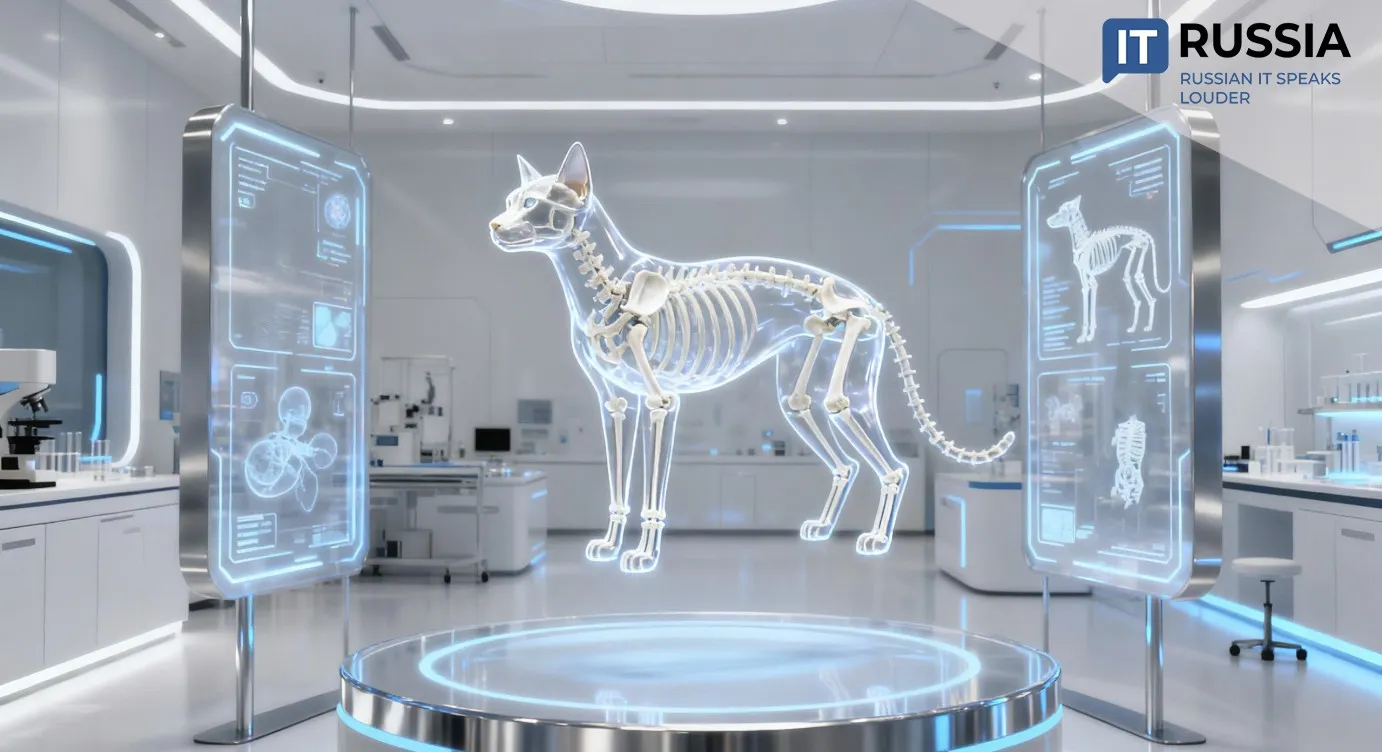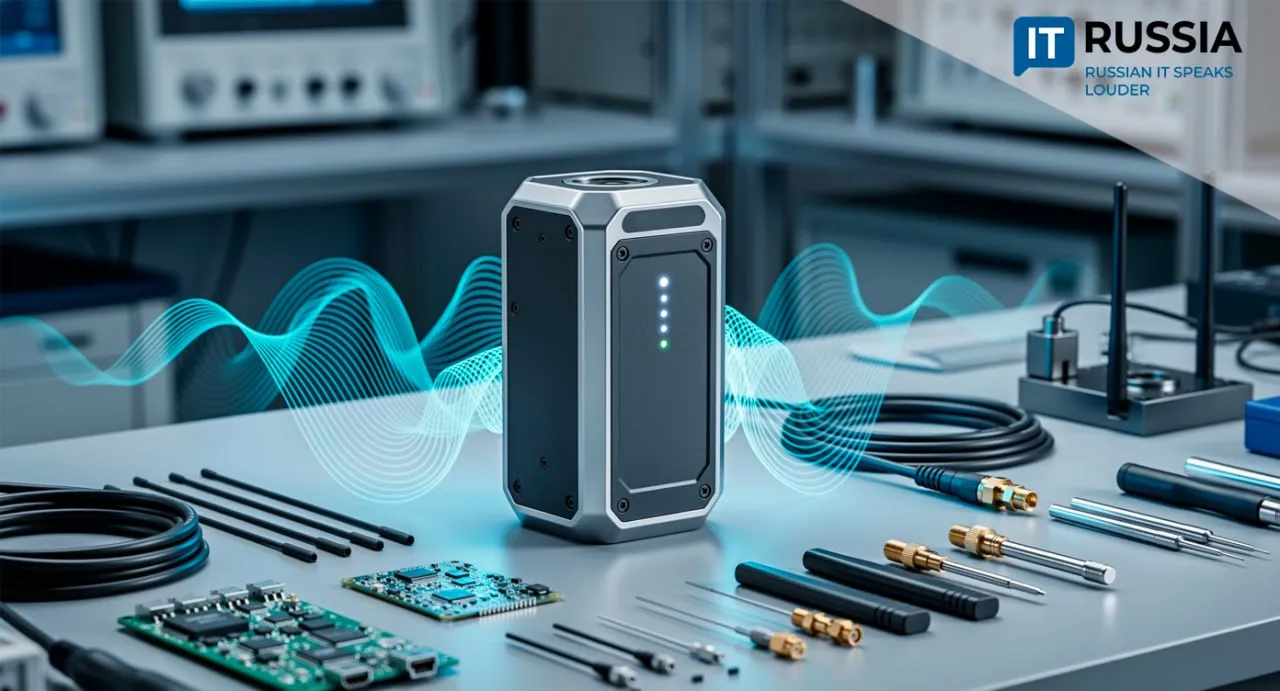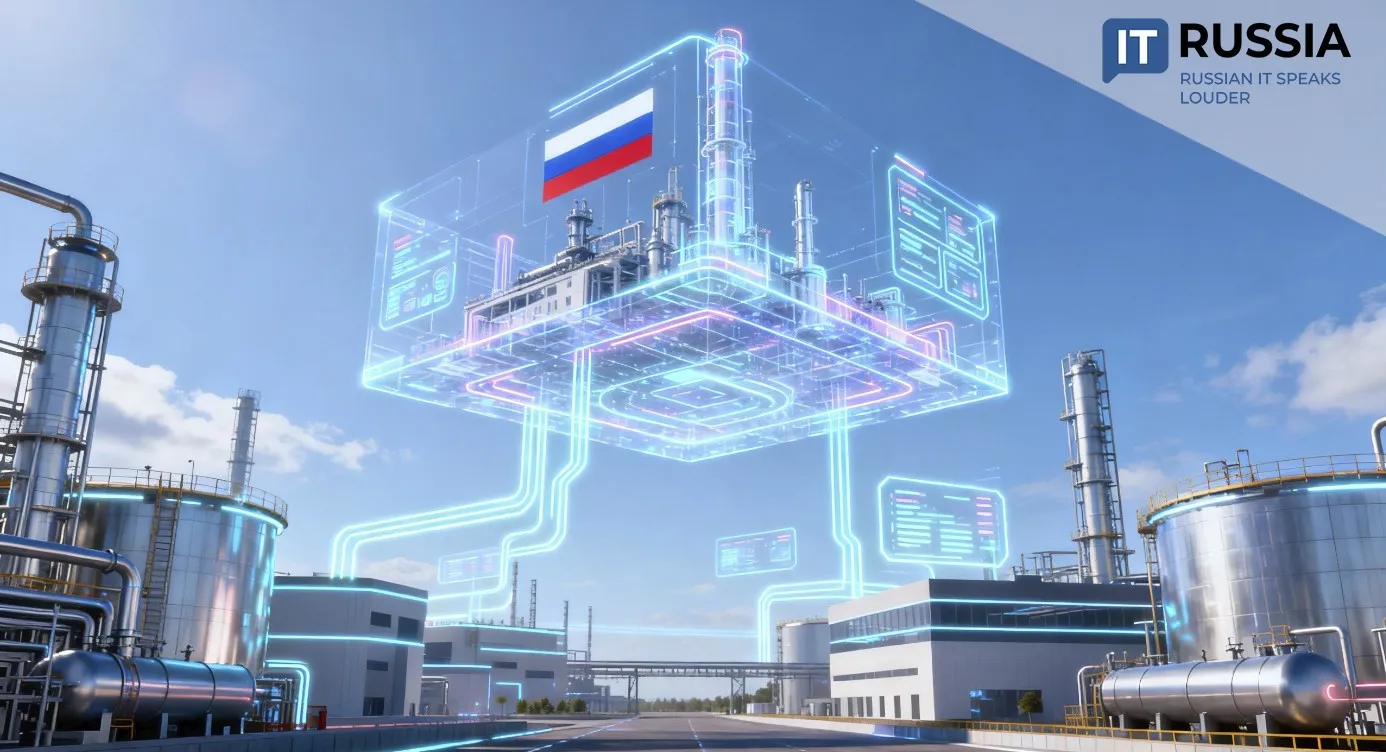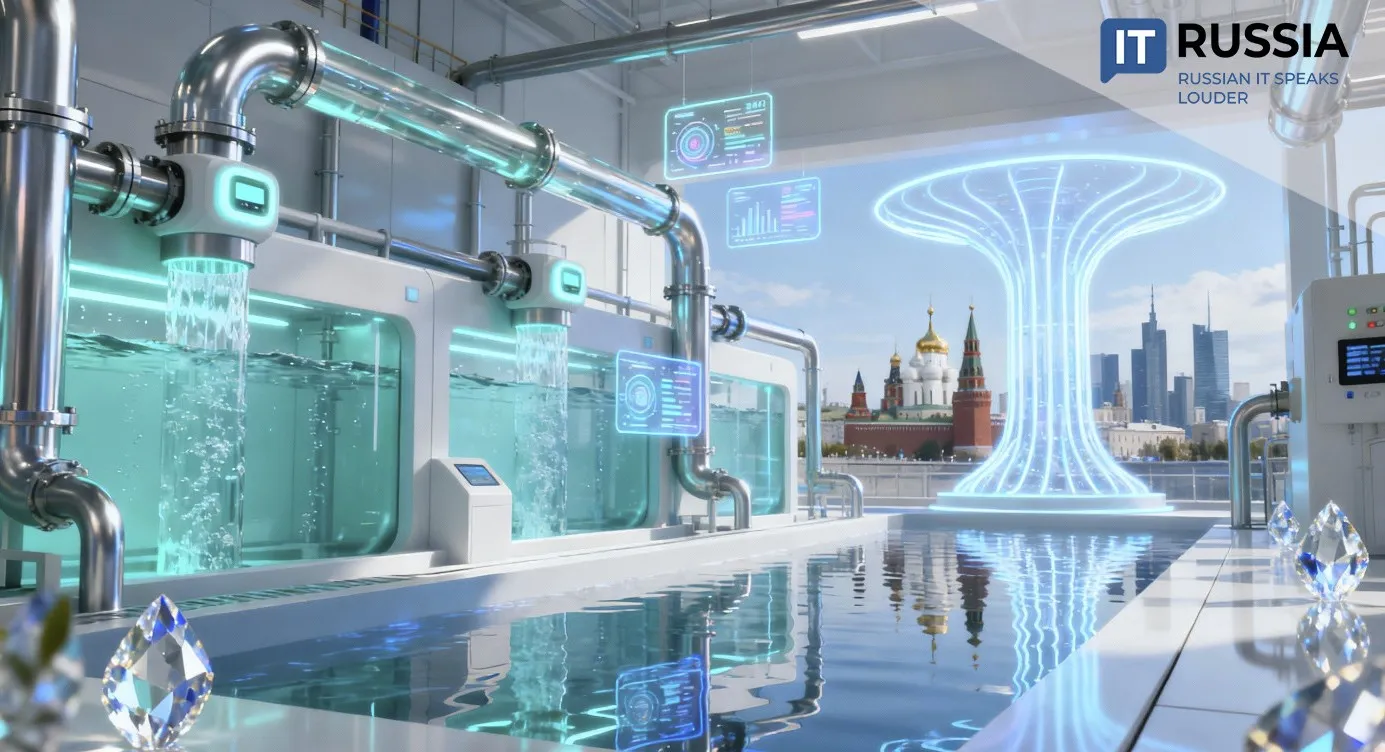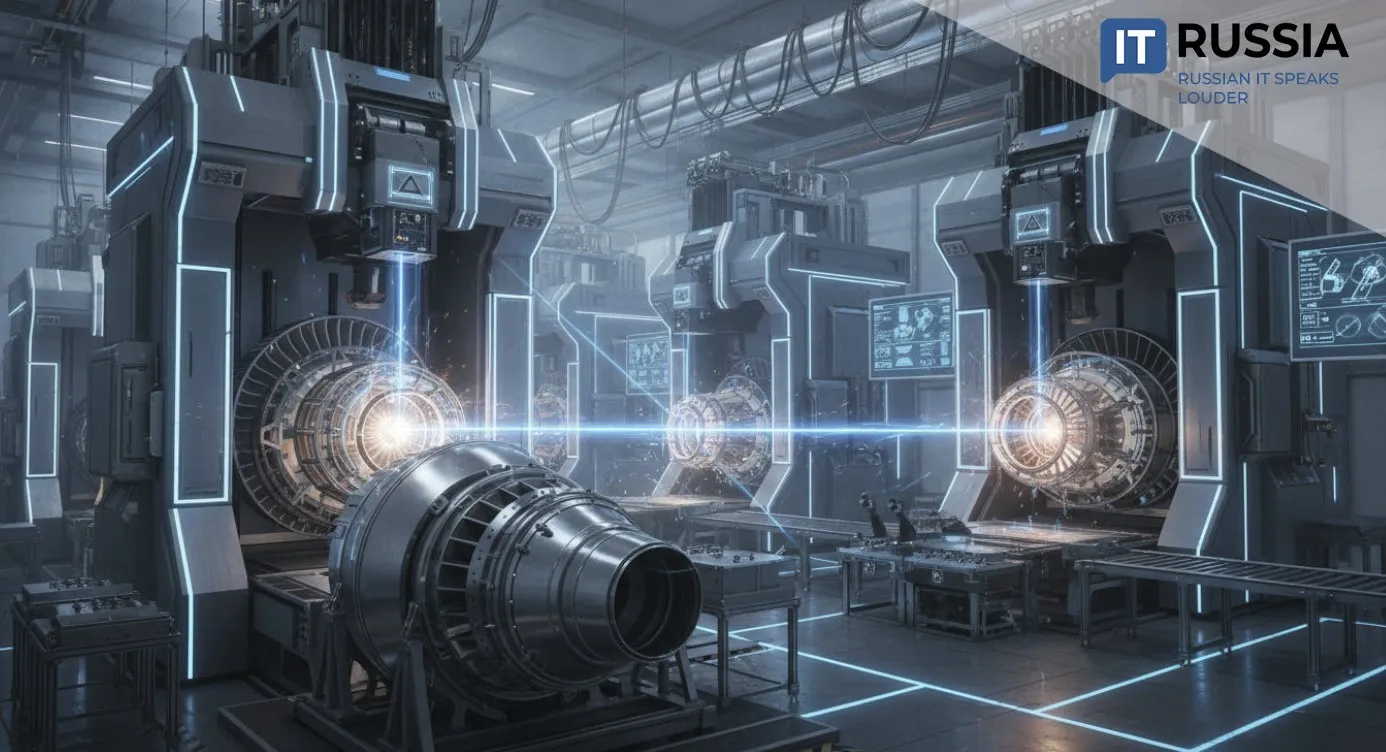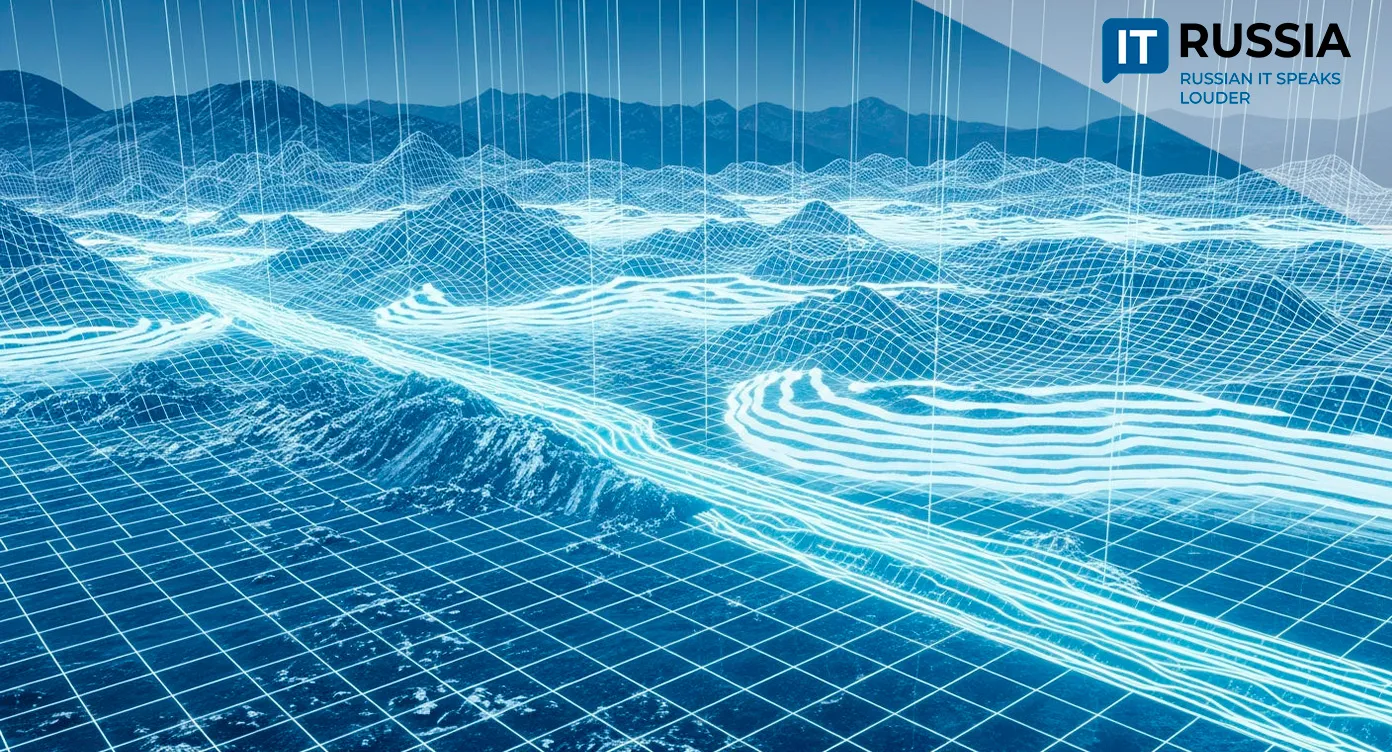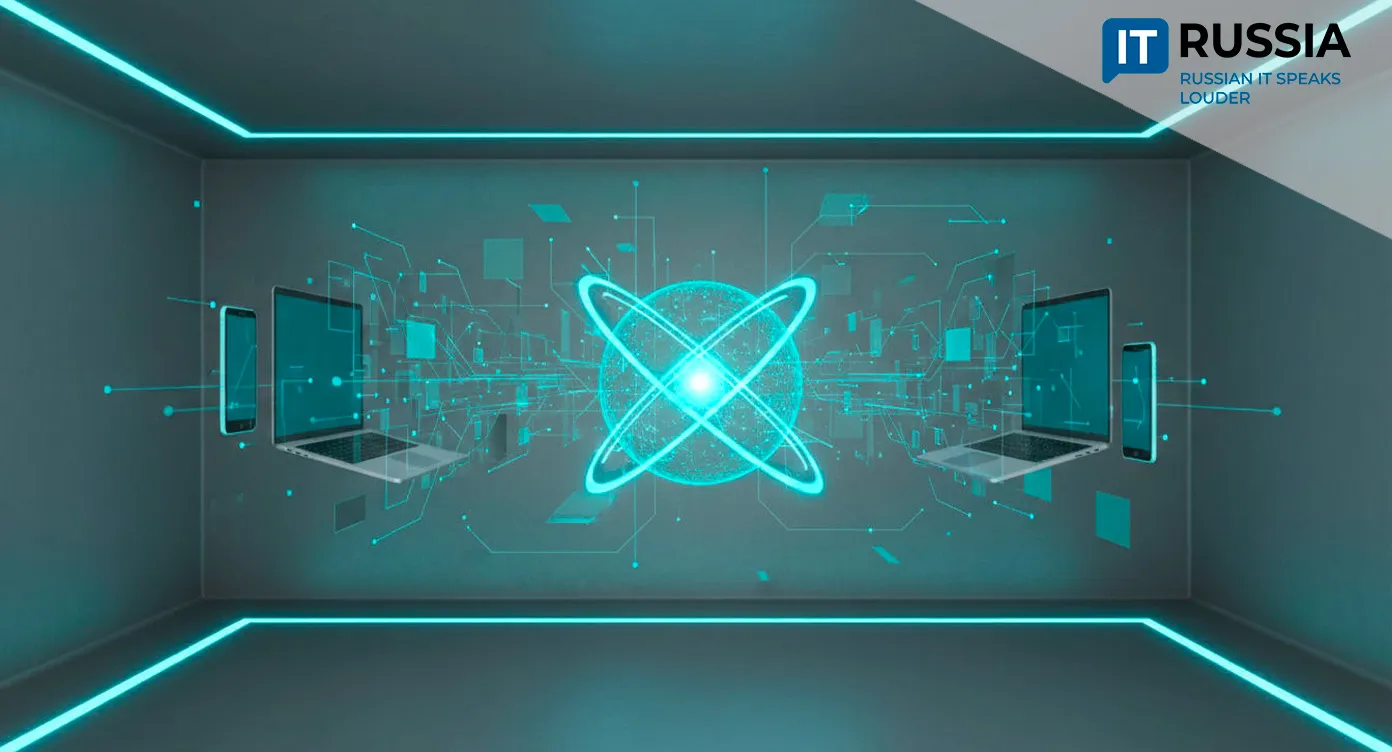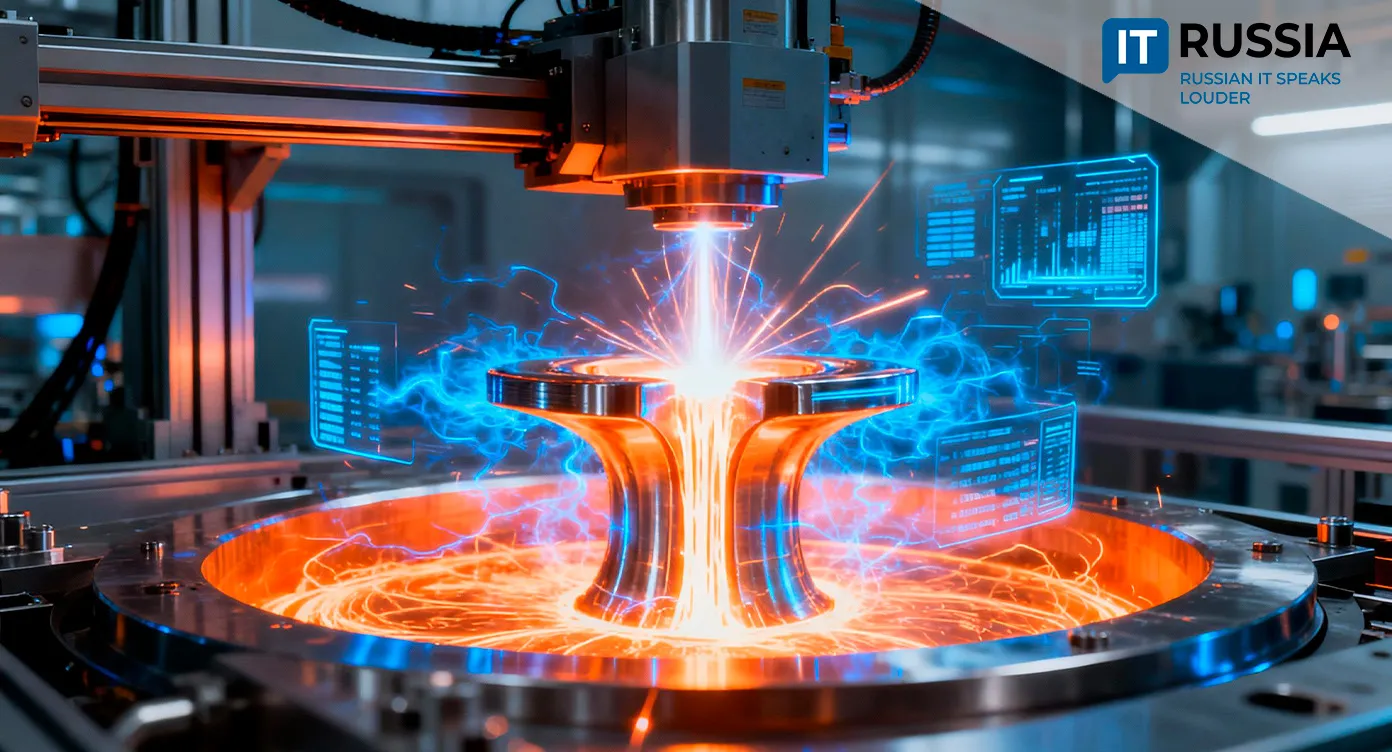Student from Siberia Develops Software for Mega‑Science Facility

In a remarkable feat of academic collaboration, a Novosibirsk State University student has created a configuration database that now underpins the control system of Russia’s Siberian Circular Photon Source, enhancing both reliability and efficiency
Reliability and Efficiency of Control
The new software, written by Vladislav Rodyakin, a student at Novosibirsk State University, has become an integral part of the control system for the Siberian Circular Photon Source (SKIF). This mega‑science accelerator complex, currently under construction in the science town of Koltsovo, relies on Rodyakin’s configuration database to store and automatically transmit critical device parameters to its management systems.
What began as Vladislav’s bachelor’s thesis project has evolved into a live system—one he continues to maintain and refine in collaboration with the Institute of Nuclear Physics of the Siberian Branch of the Russian Academy of Sciences, where he contributes to automating processes across SKIF and other national accelerators.

New Capabilities for Cutting‑Edge Research
SKIF represents Russia’s first—and the world’s most powerful—fourth‑generation synchrotron radiation source. Its extraordinary brightness and coherence enable researchers to peer inside materials with sub‑nanometer precision, unlocking breakthroughs in fields ranging from materials science to biomedicine. At SKIF, scientists can investigate the atomic structures of organic and inorganic compounds, tackle genetic and pharmacological problems, and support advances in geochemistry, aerospace engineering, energy, and oil and gas.
By providing ultra‑precise structural and behavioral data, SKIF strengthens Russia’s standing in international research collaborations and lays a technological foundation for high‑impact, knowledge‑intensive industries. Rodyakin’s software plays a crucial role in ensuring that this complex array of instruments operates with the consistency and accuracy required for such frontier experiments.

Joining Forces to Build Domestic Expertise
SKIF’s design pushes the boundaries of accelerator technology. Classified as a 4+ generation synchrotron, its brightness surpasses that of any existing facility worldwide. During development, the Siberian Branch’s Institute of Nuclear Physics faced a major challenge: acquiring high‑power klystron amplifiers, which until 2023 were produced by only three manufacturers globally (in Japan, the United States, and France). After an international contract fell through, the institute accelerated its own klystron program—previously a background project—and now Russia possesses a fully domestic capability for building high‑energy electron and positron linear accelerators.
